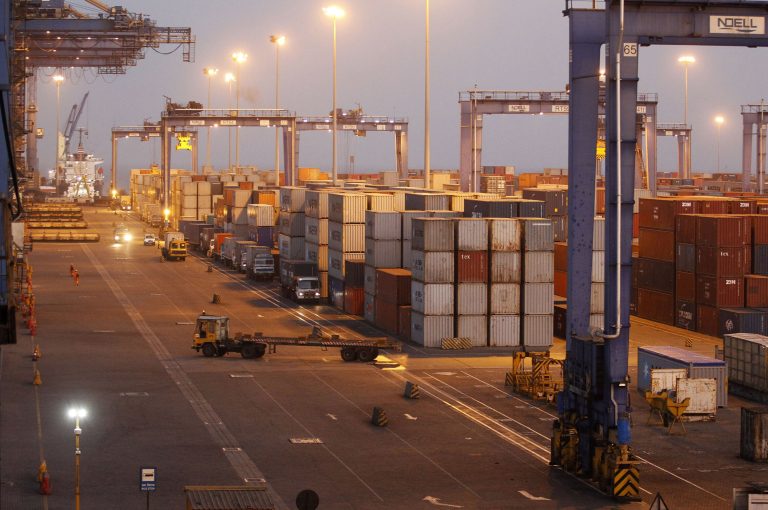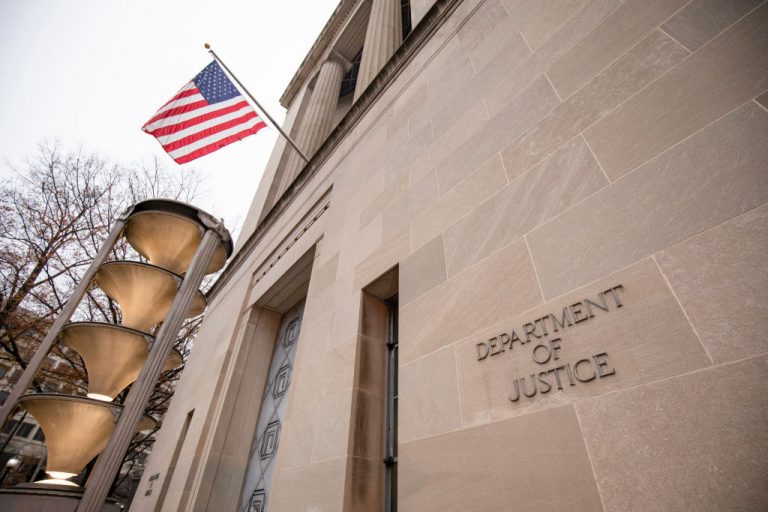A clash between Chinese and Indian troops is bringing renewed awareness to the border tensions between the two Asian powers.
Footage of what appears to be a violent clash is making rounds on social media. The clash took place in the Indian state of Arunachal Pradesh — also known as the Line of Actual Control (LAC) — which serves as the de facto border between the two countries.
MORE ON CHINA:
- Global Investors Fly Blind Into China’s Messy Post-COVID Transition
- Xi Cautiously Moves China Away From ‘Zero-COVID’
- Hong Kong Democracy Activist Chow Hang-tung Wins Appeal on Tiananmen Vigil Assembly
- Jiang Deserved a Criminal Trial for the Evils He Brought to China and the World
The video, which according to a high-ranking Indian military officer with knowledge of the clashes, was filmed along the Himalayan border and shows troops engaging in violent behavior as they chucked stones and other hard objects at each other.
Though it’s not clear who filmed or released the video of the clash, it began circulating on Indian social media just hours after the Indian Defense Ministry confirmed that a clash had taken place at the remote Tawang section of the border in northeastern India.
The brawl marks the first reported incident in nearly two years — highlighting the long-simmering territorial tensions between the world’s two most populous nations.
A politically sensitive location
Success
You are now signed up for our newsletter
Success
Check your email to complete sign up
Although India has controlled the Tawang area since the 1950s, the Chinese Communist Party (CCP) has claimed parts of the region as its own. Located on the border with Tibet, Tawang is the site of the largest Buddhist monastery in India, and it’s the birthplace of a past Dalai Lama. In 1959, the current Dalai Lama fled through Tawang to escape Communist authorities in China.
The disputed border, which stretches over 2,100 miles, has long been a source of friction between New Delhi and Beijing — with tensions escalating sharply in June 2020 when Chinese soldiers were filmed throwing sticks and stones at Indian troops, and engaging in other violent behaviors.
That scuffle resulted in the deaths of at least 20 Indian and four Chinese soldiers in Aksai Chin-Ladakh, and saw the Indian government accuse Chinese troops of invading its territory near the Gogra border area in the western Himalayas — further straining diplomatic ties between the two, and sparking widespread Anti-China protests in India.

Established in 1962, the LAC was established after the two countries went to war over long-standing border disputes. But as time passed, both nations could not get on the same page about the precise location and breakdown of the LAC, and have routinely accused the other of overstepping, or trying to expand their territory.
India: China is trying to ‘change the status quo’
While speaking to lawmakers on Dec. 13, India’s Defense Minister Rajnath Singh accused China’s People’s Liberation Army (PLA) soldiers of trying to “unilaterally change the status quo” by attempting to cross the LAC that separates the two countries.
“The ensuing faceoff led to a physical scuffle in which the Indian Army bravely prevented the PLA from transgressing into our territory and compelled them to return to their posts,” Singh said, adding that no no serious injuries had been reported on the Indian side.
The Indian Defense Ministry also said in an earlier statement that both sides “immediately disengaged from the area,” once the scuffle broke out, and the countries’ respective commanders held a meeting to discuss the issue in “accordance with structured mechanisms to restore peace and tranquility.”
Meanwhile, China’s Foreign Ministry did not directly acknowledge the incident during a daily news briefing last week.
“As far as we know, the China-India border area is generally stable, and both sides have maintained smooth communications on boundary-related issues through diplomatic and military channels,” Chinese spokesperson Wang Wenbin said when asked about the Indian Defense Ministry’s statement on the incident — instructing reporters to look for “competent authorities” for “specifics.”
Beijing hopes its Indian counterparts will be “on the same page” to “jointly preserve the peace and stability of the China-India border,” Wang added.







